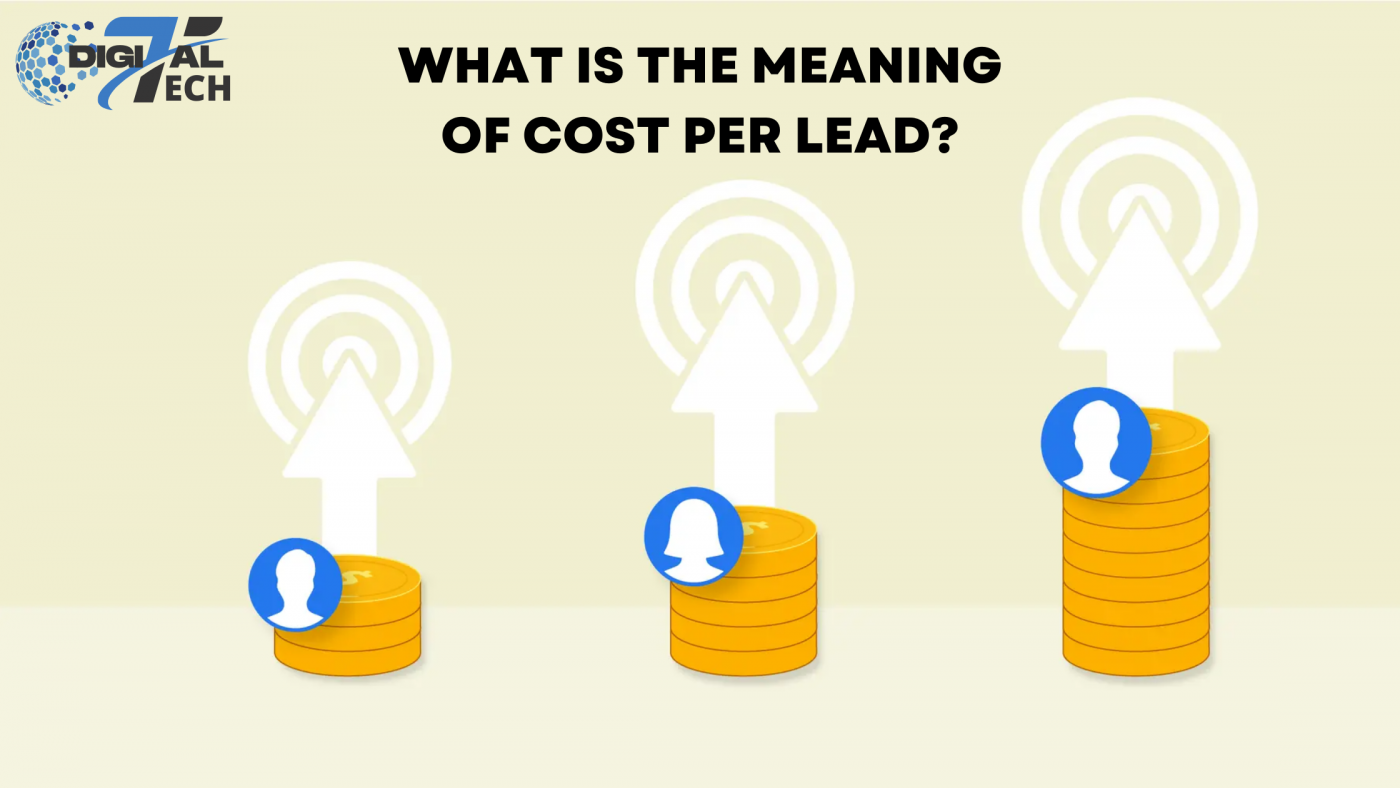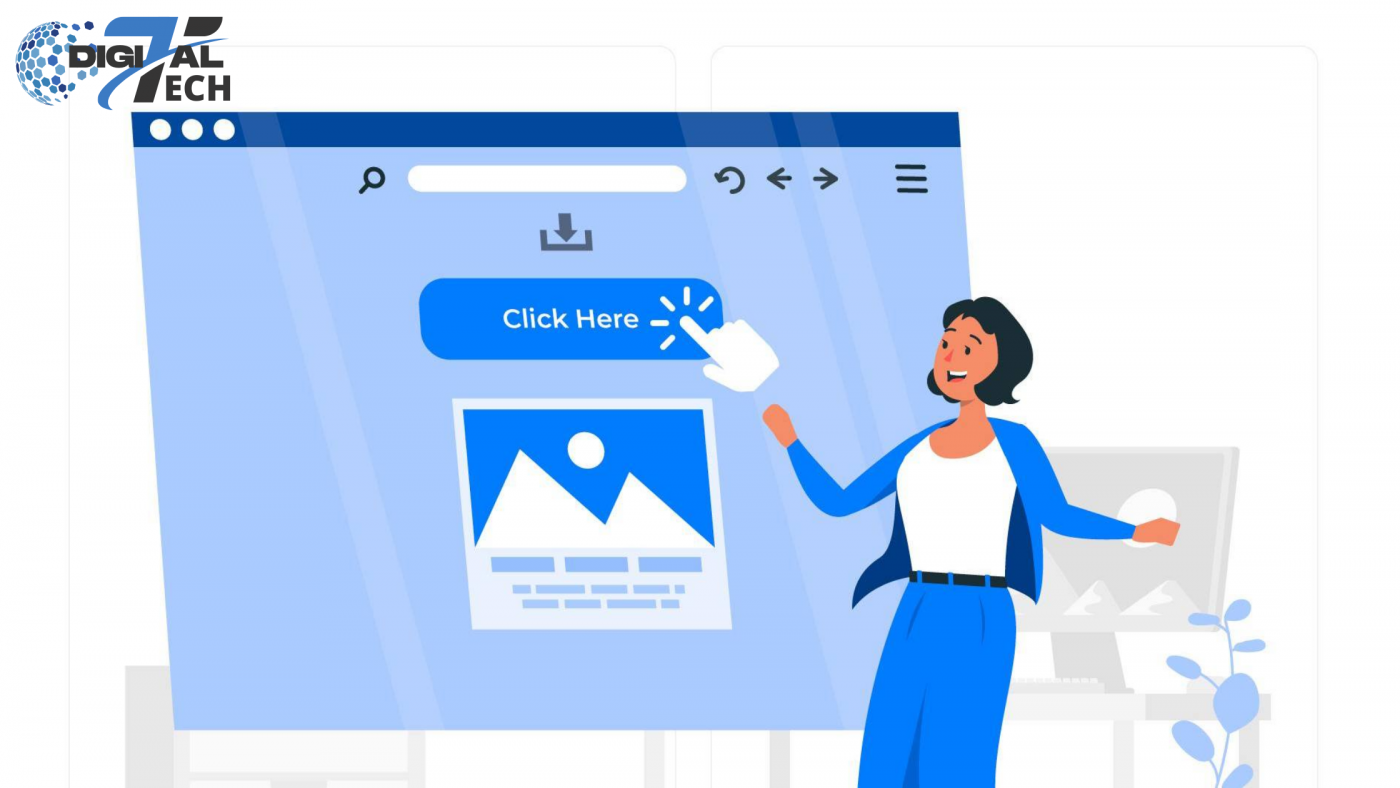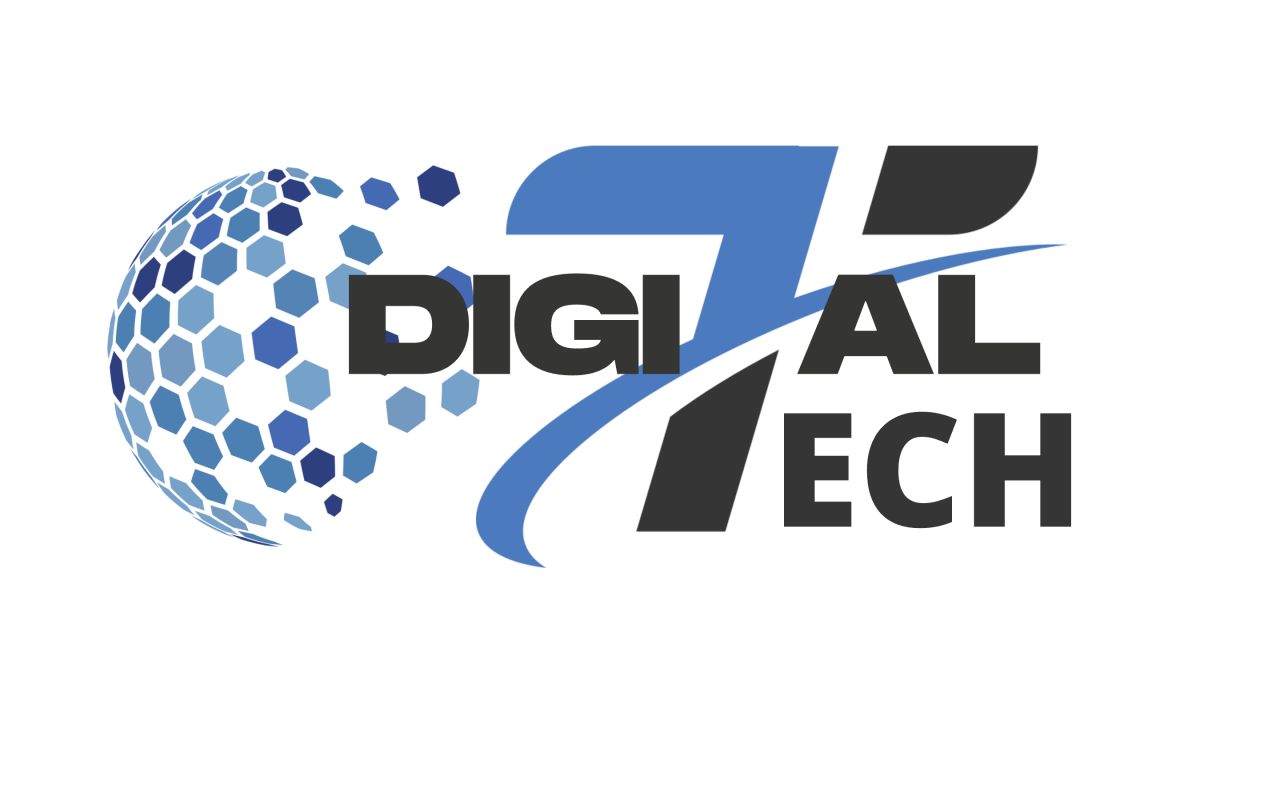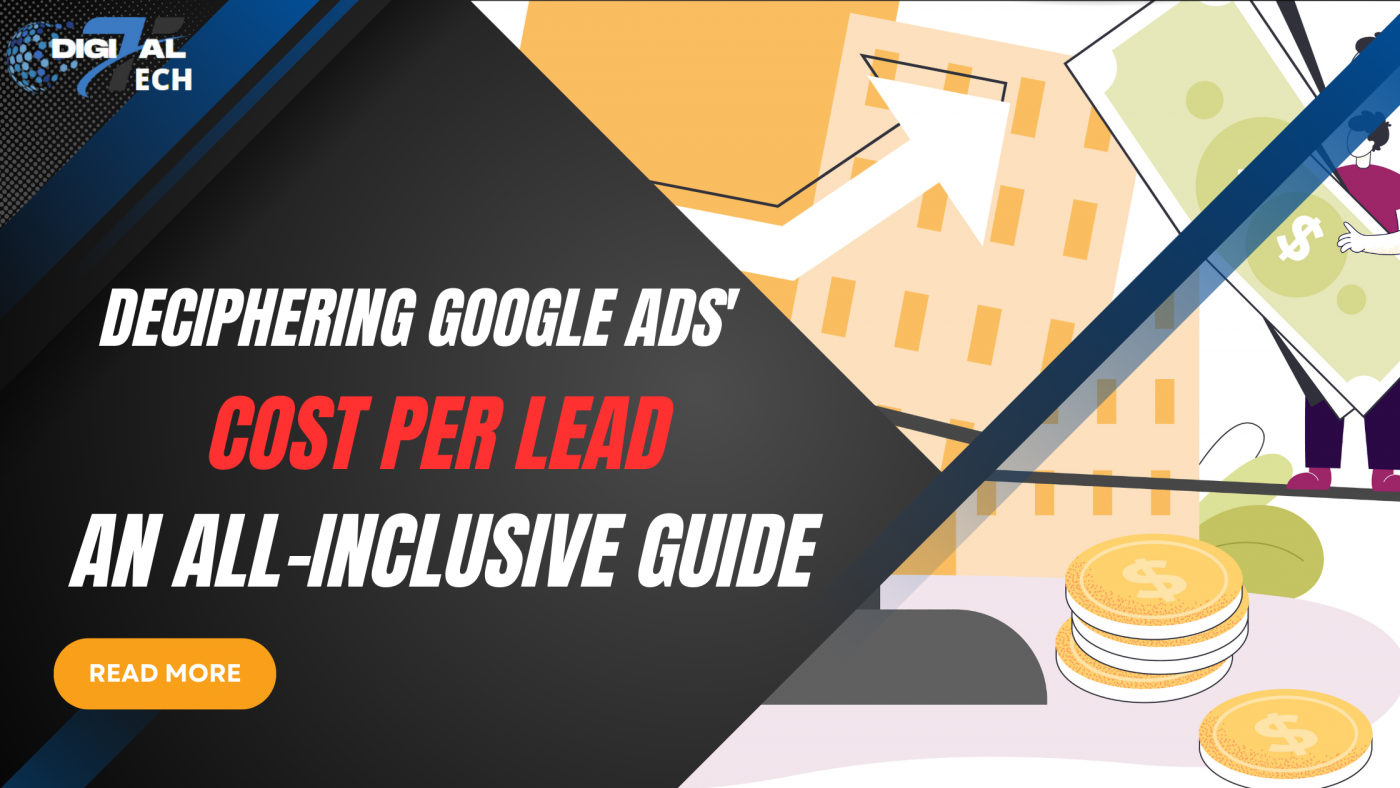Marketers use a variety of measures to evaluate the effectiveness of their campaigns. The majority of businesses-about 65%-consider lead generation to be their biggest marketing difficulty. Some people only pay attention to their costs, while others concentrate on their income, and yet others only consider the ROI, or the ratio of their income to their spending.
Determining the customer acquisition cost (CAC) is essential to comprehending these companies’ efficacy.
One of the most helpful and fascinating performance metrics, cost per lead (CPL), and an advertising model based on it are covered in this article. Let’s examine which firms should do this and how to assess the cost of an attractive lead.
1. What is the meaning of cost per lead?
CPL is a measure that is used to evaluate how effective online marketing is. It displays the cost to an advertiser on a certain advertising channel for bringing in one lead.
It is an essential metric for assessing how profitable it is to generate a lead, or potential client, using different marketing techniques. Businesses must comprehend cost-per-acquisition (CPL) in order to enhance their marketing tactics and save expenses while boosting customer acquisition.
CPL is a crucial Key Performance Indicator (KPI) for determining how effective marketing campaigns are in terms of return on investment. A lower cost per lead (CPL) suggests a more successful marketing effort and implies that the company is generating leads at a lower cost than its rivals. On the other hand, a higher cost per lead indicates less effective marketing.

What is the meaning of cost per lead?
Companies break out the costs related to each marketing channel, such as social media, email marketing, or advertising campaigns, and use this information to determine the cost per lead (CPL) as part of their lead generation or demand generation efforts.
A lead is an individual or entity who expresses interest in a business’s goods or services by providing contact details (such as an email address, phone number, or social media profiles) in exchange for something of value—such as an offer, a free trial, or additional information about the product or service.
While the term “lead” may have different meanings in various fields and industries, generally, a lead is someone who shows interest in a company’s offerings but may not be ready to make a purchase immediately.
2. Recognizing the Distinctions Between Cost Per Lead, Cost Per Acquisition, and Cost Per Click
In digital marketing, three key metrics—cost per lead (CPL), cost per acquisition (CPA), and cost per click (CPC)—are employed to assess the efficacy and efficiency of advertising campaigns.
Each has a unique focus and calculation approach.
1. CPL measures the cost incurred to acquire a potential customer

CPL measures the cost incurred to acquire a potential customer
The cost of obtaining a potential client (lead) from all marketing channels is determined by CPL. For instance, to determine its cost per lead (CPL), a clothing firm could divide the total cost of its internet marketing campaigns by the total number of leads produced. Businesses can better understand campaign costs and maximize their marketing efforts by using the lead formula, which calculates cost per lead (CPL) by dividing the total marketing expenses by the number of leads generated.
2. CPA focuses on the cost associated with a specific action being completed

CPA focuses on the cost associated with a specific action being completed
Cost-per-action (CPA), also known as pay-per-performance, focuses on the costs associated with specific actions, such as sign-ups or sales. It’s widely used in affiliate marketing, where advertisers pay only when users complete desired actions after clicking on ads.
3. CPC tracks the cost each time an advertisement is clicked
Cost per click (CPC) tracks the cost of each advertisement click, regardless of subsequent actions. It provides an immediate but less conversion-focused perspective compared to Cost Per Lead (CPL) and Cost Per Acquisition (CPA), which aim to generate leads and conversions, respectively.

CPC tracks the cost each time an advertisement is clicked
Each metric serves a distinct function: CPC measures initial interest, CPL engages potential customers, and CPA assesses the cost-effectiveness of conversions. Understanding these differences allows businesses to allocate their marketing budgets more effectively.
3. Important Advantages of Using a Cost-Per-Lead Advertising Strategy
A targeted and effective approach to digital marketing is provided to firms by using a cost-per-Lead (CPL) advertising plan. Through the establishment of a direct connection between advertising expenditure and lead acquisition, businesses may enhance their ROI, optimize their budgets, and customize campaigns to appeal to specific target populations.
- High Conversion Rates: By ensuring that your message reaches an audience that is ready to interact, CPL marketing’s precision targeting increases the possibility that attention will return to sales.
- Cost-Effectiveness: By explicitly linking marketing expenditure to observable outcomes, this strategy reduces waste and maximizes the effectiveness of your marketing budget.
- Targeted advertising: Using comprehensive demographic data enables highly tailored ads that connect with the target population and raise response rates.
- Measurable Outcomes: CPL marketing’s precise measurements make ROI analysis easier to understand by giving a clear picture of each campaign’s efficacy and the lead generation value.
- Strategy Optimization: Accessing real-time data allows marketers to dynamically adjust their approaches, ensuring campaigns align with corporate objectives.
- High-quality lead generation: Targeting pre-interested customers boosts conversion rates and accelerates sales, as these leads are well-informed and inclined to buy.
- Business Growth: Acquiring high-quality leads helps businesses expand by increasing sales and promoting long-term, sustainable growth.
4. How is the cost per lead calculated?
The cost-per-lead (CPL) ratio shows how much a specific channel costs in relation to the total number of leads it generates during a specified period of time.
The marketing team must perform crucial tasks like establishing specific requirements for potential clients and keeping an eye on the effectiveness of CPL estimates.
The following calculation can be used to determine a lead’s cost:
5. How Can You Determine the Optimal Cost Per Lead?
Businesses can’t set a standard ideal cost per lead (CPL) for optimal marketing efficiency. Numerous factors influence CPL, such as industry type, the level of competition, and the target market. Additionally, the size of the business, its annual revenue, marketing budget, and the cost of goods or services all play a significant role in determining the appropriate CPL.
Furthermore, the cost per lead (CPL) might change based on the marketing channels that are used. For instance, creating leads at trade exhibits will cost more than acquiring leads through email marketing.
What makes a “good” CPL is more of an arbitrary procedure to figure out. If the cost per lead (CPL) for a channel is much higher than its conversion rate, reevaluate the strategy’s feasibility.
It is essential to know how to calculate your cost per lead (CPL) in order to improve or obtain a deeper understanding of your lead-generating activities. Gaining this understanding is essential to running efficient, successful, and profitable marketing efforts. Determining the correctness of your marketing efforts frequently starts with identifying and evaluating your cost per lead.
Close the Gap between Revenue and Marketing
Combine web analytics, advertising, and internal data into a single report to get a thorough picture of your performance.
6. The Best Ways to Lower Google AdWords CPL
- Campaigns with a “limited by budget” designation should either increase the budget for high-value ads or decrease bids to take part in less expensive auctions for more affordable clicks. However, you should keep a careful eye on the volume of conversions.
- Boost Quality Score: Improve your Quality Score by focusing on predicted click-through rate, landing page experience, and ad relevancy. This will reduce the cost per click and the total cost per acquisition (CPL). Sales-qualified leads (SQLs) maximize CPL by meeting set criteria and showing a high likelihood of becoming customers.
- Account Structure Optimization: Optimize your account structure by using single-themed ad groups to boost relevancy and, consequently, quality score. You can also better manage your automatic bidding tactics with this approach.-
- Bid and Target Adjustments: Adjust bids and targets based on performance indicators like device, time of day, and demographics for manual or enhanced CPC campaigns. Set reasonable goals for CPAs for automated bidding strategies in order to keep costs under control without compromising impression volume.
7. Conclusion
Campaigns with many leads and low CPL may fail if your website has issues like poor content, faulty forms, or other errors. Test your landing pages, ensure everything works, and review titles, texts, images, buttons, and forms before running CPL ads.
Hire a digital tech if you require assistance with data collection, CPL calculations, or marketing report preparation. You will see how DigitalTech solutions can assist you in calculating CPL from our colleagues.

